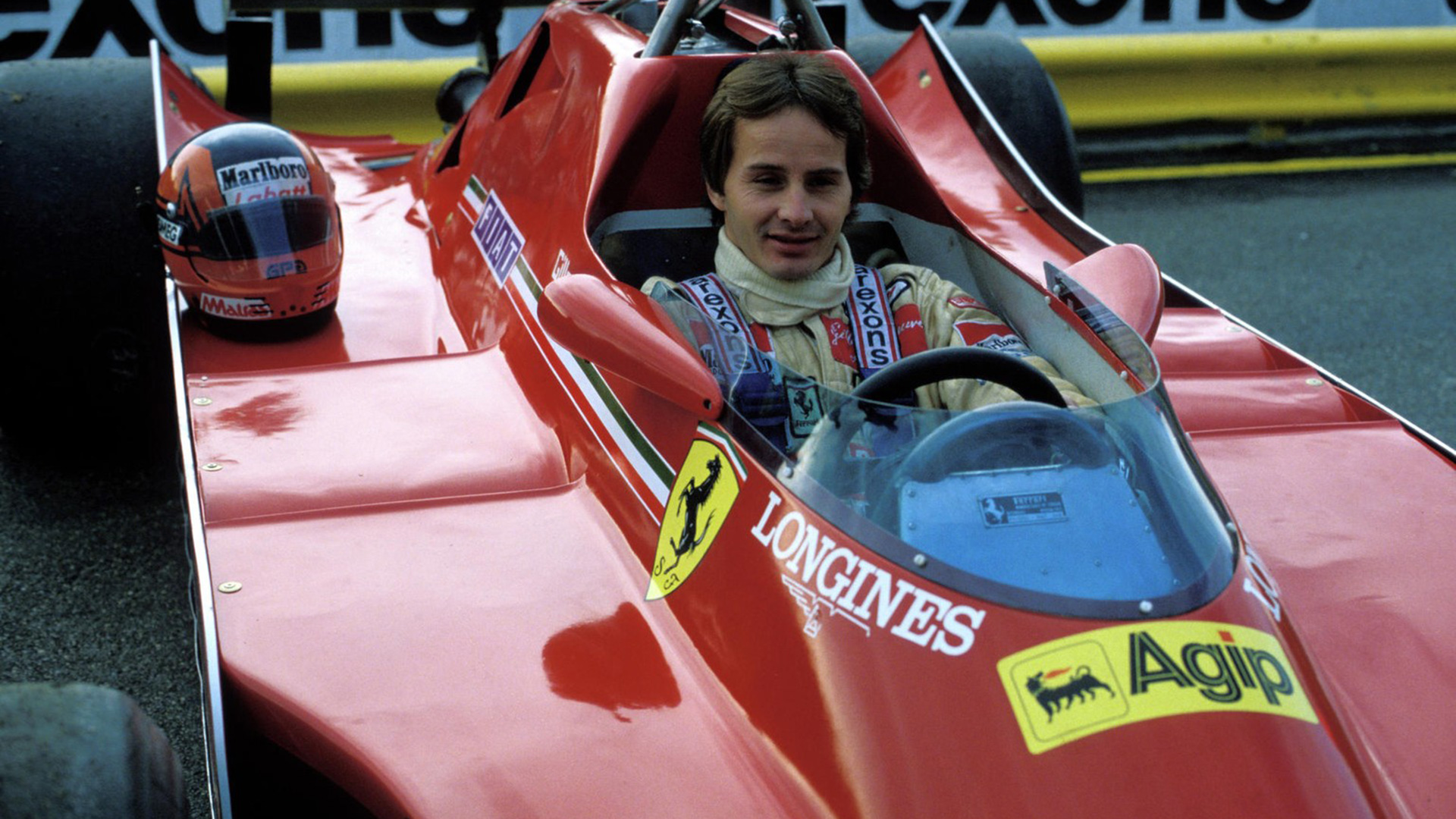









TURBO WIN IN MONACO
GILLES AND 126 CK MAKE HISTORY




TURBO WIN IN MONACO



1981 Masterpieces


Discover other stories
- 19804 PLACES, 8TH TITLE: Ferrari History
- 1982UNSTOPPABLE 308 GTB: Ferrari History
TURBO WIN IN MONACO
“Rien ne va plus, les jeux sont faits!!”27 red proved the winner in the Monaco roulette of May 31 1981. By which we mean, of course, the Ferrari of Gilles Villeneuve. A car powered by a turbo engine. This was the first time in history that such a technical gamble paid off so astonishingly in Monte Carlo. Ferrari’s technical gamble centred not so much around the performance guaranteed by the turbocharged engines but the fact that the car’s acceleration and handling were so ill-suited to the torturous Monegasque circuit.

Nonetheless, the Canadian and his Ferrari 126 CK went on to write a whole new chapter in Formula 1 history on the city circuit. This was the first Monaco Grand Prix to be won by a turbo engine, the first victory for a Ferrari turbo-engined car, the first win too after a gap of year and a half. All in all, it broke the hex, and put both Gilles and the Ferrari car back at centre stage. Of all the victories Gilles delivered in the course of his career, Monaco was probably the least spectacular or memorable. That said, there was still something special about it because just before the weekend, Ferrari announced that its partnership with Villeneuve would continue for a further two seasons. Qualifying went very well for the Canadian whose driving seemed inspired from the outset. He even started from the first row alongside Piquet on pole who’d qualified just 78 thousandths faster in the Brabham. The race started an hour late because water used by the fire services to put out a blaze in the kitchens of the Loews Hotel flooded the tunnel. Once it did begin, however, Nelson Piquet quickly broke away from the pack along the torturous 3.312 km track. The 1981 Monaco Grand Prix proved something of an elimination race. In the course of the 76 scheduled laps, many of the drivers came to grief, including the Brazilian who crashed out as he attempted to lap Cheever and Tambay. Reigning World Champion Alan Jones took the lead and looked set for a comfortable victory as he held a 30-second-plus lead over his nearest rival, Villeneuve. But then, just seven laps from the finish, the Williams driver had to pit because of a fuel feed problem. When he returned to the race, he was still in the lead but now had to deal with pressure from Villeneuve who had scented victory and began delivering one race fastest lap after another. The Canadian pushed his Ferrari nearer and nearer the limit corner after corner, driving near and nearer the guardrails every lap. But the driver who’d earned himself the nickname “the Aviator” for his many spectacular accidents, never put a foot wrong. He had fun with the rolling Monegasque circuit, unleashing his car’s power through the tunnel and all the way to the Tabac before waltzing it through audacious race lines between the Mirabeau and the Loews Hairpin.
Four laps from the finish, Villeneuve had the tail of Jones’ William firmly in his sights. His pass came in flash. Gilles tucked in behind the Australian who was just coming of the Anthony Noghes, the final corner that leads into the start straight. It was there that Jones’ saw the outline of Gilles’ car in his right-hand wing mirror. By the time, he’d moved to block him, it was too late.

The number 27 on the rear of the Ferrari’s flanks were the last thing the World Champion saw before the Canadian roared off ahead of him. With 23 laps remaining, just seven of the 20 drivers that started the race were still in the running with Gilles in the lead. The Ferrari driver continued to press on and, thanks to the fact that his rival developed a fuel pump problem, shot across the finish-line to victory more than 40 seconds ahead of the rest of the field. Villeneuve was visibly exhausted on the podium but photographs of his beaming face as he was sprayed with champagne, went around the world like wildfire. Villeneuve was now officially a winner and became only the second F1 driver to make the cover of Time Magazine after Jim Clark in 1965.